Amidst the chaos of our modern lives, there’s something magical about slowing down and embracing rituals. They provide us with a profound sense of meaning, allowing us to anchor ourselves in a world that feels overwhelming.
In recent years, a revival of contemporary rituals and ceremonies has given rise to a new appreciation for the aesthetic and spiritual power of ceramics. The ritualistic use of ceramics brings a sense of connection to ancient traditions and practices, reminding us of our human need for connection and communion.
The versatility of ceramics allows for a multitude of expressions and forms, from simplistic and earthy to intricate and ornamental. Each piece is a canvas for unique exploration, encouraging the creation of personalized ceremonial objects with striking and nuanced meanings.
The resurgence of ceramics in contemporary rituals points to a renewed interest in artistry, craftsmanship, and spirituality—igniting a new era of creative exploration and appreciation for the power and symbolism of simple objects.
There’s something innately spiritual about the art of ceramics that draws people in and creates a unique connection that’s hard to describe. From the soothing nature of spinning clay on a pottery wheel to the beauty of a finished piece, ceramics provide a unique sense of fulfillment and satisfaction that spans many cultures and traditions.
In this article, I’ll explore the importance of contemporary rituals and some of the most compelling reasons why ceramics are making such an impact in rituals around the world. So grab a cup of something warm and settle in, because we’re about to take a deep dive into the fascinating world of spiritual connection through clay.
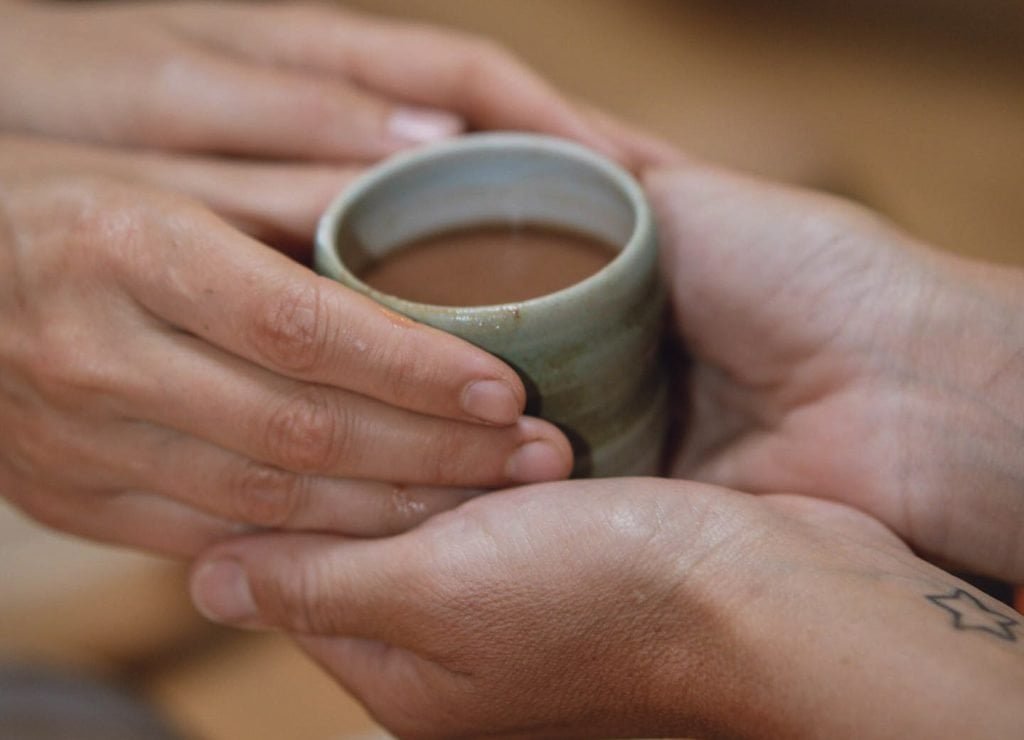
Historical significance
Pottery has been vital to human history for centuries, serving both functional and ceremonial purposes. From ceremonial cups and ancestral vessels to healing bowls and rhythmic instruments, sacred objects had an important role to play. Thus, pottery evolved across cultures, reflecting unique technological and crafting skills in every corner of the world.
Mesoamerica
Ceramics hold a spiritual essence beyond their practical use. In shamanic journeys, pottery acts as a link between the Earth and the spiritual realm, allowing communication with ancestors and the natural world. The Maya civilization used ceramic vessels for offerings, dedicatory rituals, and ceremonial feasts.
Ancient Egypt
Pottery played a crucial role in funerary rituals and the belief in the afterlife of ancient Egypt. Elaborate pottery vessels, known as canopic jars, served a practical purpose in preserving the body for the afterlife. They were essential for the deceased’s journey into the next realm.
American Southwest
The Pueblo people created intricate pottery vessels for sacred purposes. The vessels, known as ollas, were essential for ceremonies such as rain dances and fertility rituals. They believed Ollas carried the power and blessings of the deities and they were conduits for spiritual forces.
Ancient Greece
Pottery played a vital role in religious rituals, particularly in libations. This involved pouring liquid offerings, such as wine or water, as a gesture of reverence to the gods. Ceramic libation bowls, called phialae, were used to hold the offerings and were often decorated with religious motifs or inscriptions. These bowls served as vessels for the symbolic exchange between mortals and deities, facilitating communication and honoring the divine.
Japan
Pottery has been integral to Shinto rituals and shrine ceremonies. Ceramic vessels, known as mizusashi, are used to hold water for purification rituals before entering a shrine. These vessels are often crafted with traditional techniques and reflect the aesthetics of Japanese pottery. The use of pottery in Shinto rituals emphasizes the importance of purity, cleansing, and spiritual connection.
These examples demonstrate the diverse and profound historical significance of pottery in human rituals. Pottery has served as vessels for offerings, representations of deities, tools for purification, and symbols of communication between the mortal and spiritual realms. Through craftsmanship, symbolism, and use in rituals, pottery has been an integral part of human culture, spirituality, and the expression of devotion throughout the ages.
Ceramics used in modern ceremonies
As we have seen, ceramics have been used for centuries to symbolize everything from birth and death to purity and transformation. Today, ceramics are being re-imagined to add vibrancy to traditional and non-traditional practices. Contemporary artists are reviving this ancient art form, as handmade ceramics elicit a sense of connection to the past while being grounded in the present.
Let’s take a close look at a few examples:
Incense burners
The copalera and other ritual incense burners are used to burn plants, herbs and copal resin used for purification, offerings, and communication with the divine. During rituals or ceremonies, the copalera becomes a focal point where intentions, prayers, and offerings are symbolically carried by the rising smoke. It is believed to facilitate a connection between the physical and spiritual realms, purify the space, and evoke a sacred atmosphere.
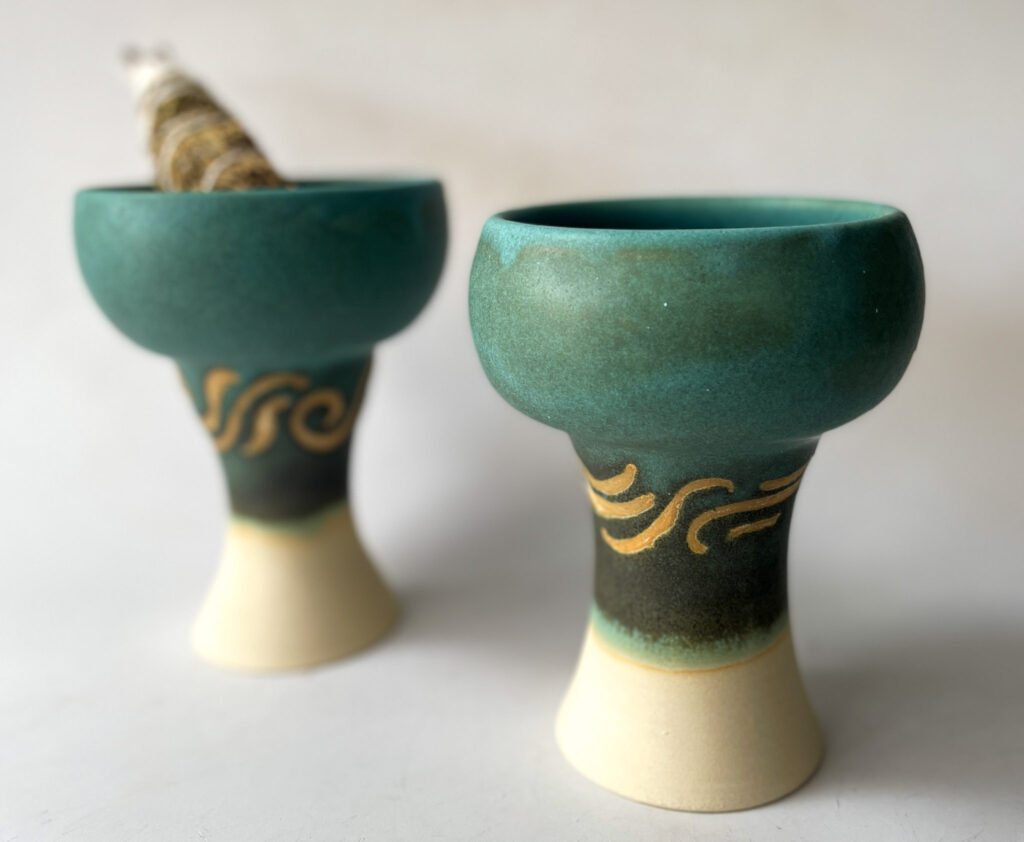
Ceremonial cacao cups
Cacao has been revered as a sacred plant medicine for centuries, believed to possess spiritual and healing properties. Ceramic cups in cacao ceremonies hold the essence of tradition, symbolism, and reverence for the sacred plant medicine. Through their aesthetics, symbolism, and personal connection, these cups create a vessel for participants to connect with the spirit of the cacao. Through this process they embark on a transformative journey of self-discovery, healing, and connection with the natural world.
Ceremonial tea cups
The ceramic bowls used in tea ceremonies hold a deep significance and play a vital role in the ritualistic experience. These bowls embody centuries of tradition and craftsmanship, becoming vessels through which the spirit of the tea ceremony is channeled. The vessels enhance the sensory experience of drinking tea and symbolize mindfulness, harmony, and the appreciation of the present moment.
Cremation urns
Ceramic urns play an important role in commemorating our loved ones. They stand as symbolic vessels that hold the ashes of the departed, offering a personalized and elegant tribute. Handmade ceramic urns bear witness to the enduring artistry of pottery and are a perfect example of age-old materials used in modern rituals.
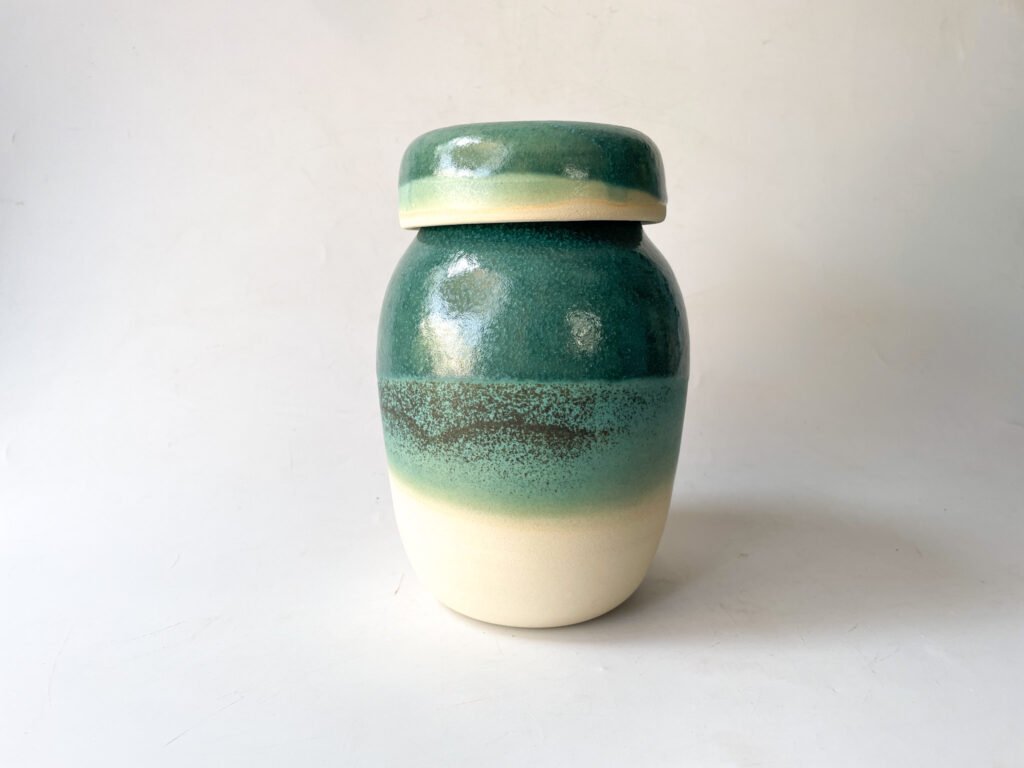
Adaptability to everyday rituals
With their ability to take any form, design, and purpose, ceramics evoke powerful emotions and convey deep meaning, whether in ceremonies, as art or even in simple, daily rituals at home. Think of the warmth of a morning coffee shared with a loved one, or the meditative sips of tea that ground us in the present moment. From delicate porcelain to earthy stoneware, each cup holds the power to ignite our senses and cultivate mindful rituals of nourishment and communion.
As fragrant tendrils of incense waft through the air, we enter a space of reverence and tranquility. Incense burners, crafted with care and intention, invite us to release the worries of the day, purify our surroundings, and create a sacred ambiance for relaxation and contemplation.
Altars are sacred spaces in our home where intentions take form. Ceramics can play an essential role in altar setups, holding offerings, sacred texts, or objects of personal significance. Each vessel, lovingly placed, carries the power to channel our devotion, intention, and gratitude. They create a focal point for rituals that deepen our spiritual connection.

Conclusion
Rituals hold a profound importance in our modern lives. They offer us a sanctuary of calm amidst the chaos, ground us in the present moment, and nurture our connections with ourselves and others. They remind us of the beauty of simplicity and the power of intention.
Through the medium of ceramics, we find an avenue for self-expression, creativity, and mindfulness, allowing us to easily create our own home rituals and ceremonies with family and friends.


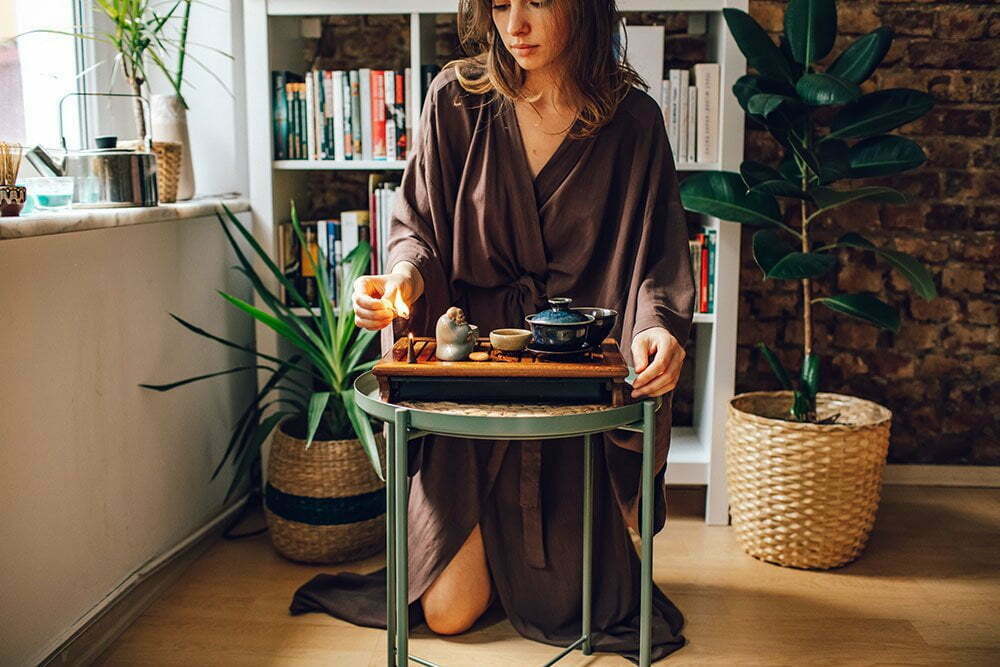
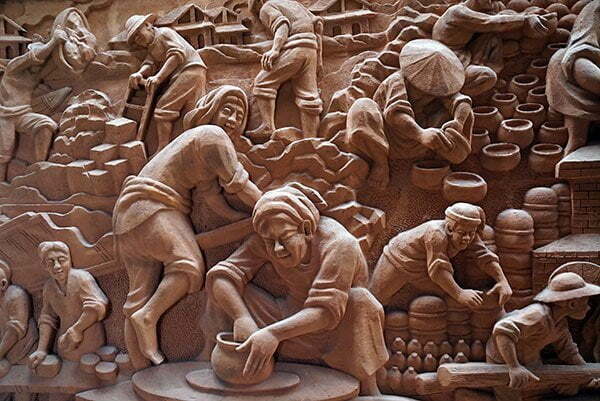
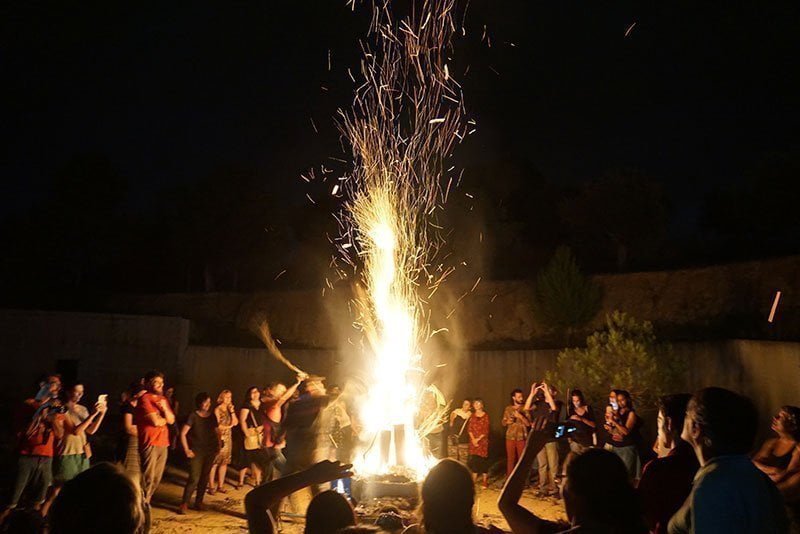
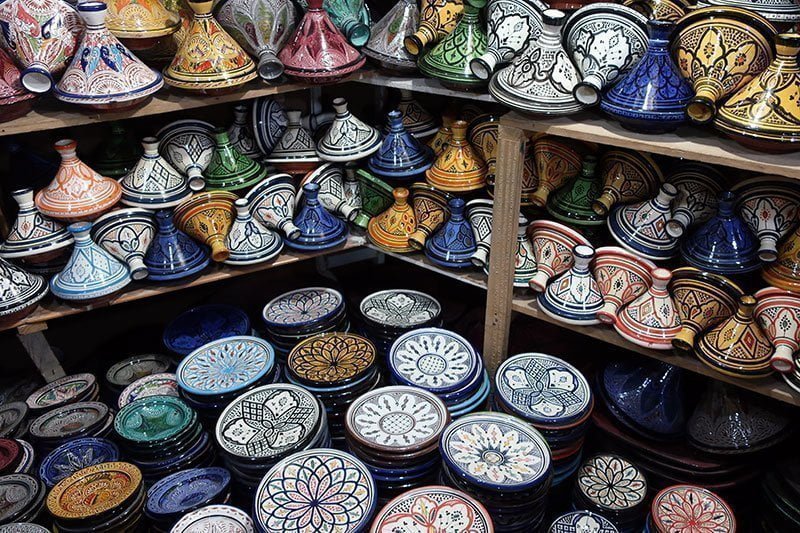

“An insightful and beautifully written article about the resurgence of ceramics in contemporary rituals. It highlights the profound connection between artistry, spirituality, and the human need for meaningful traditions. A must-read for anyone intrigued by the world of spiritual connection through clay.” 🍶🌟✨